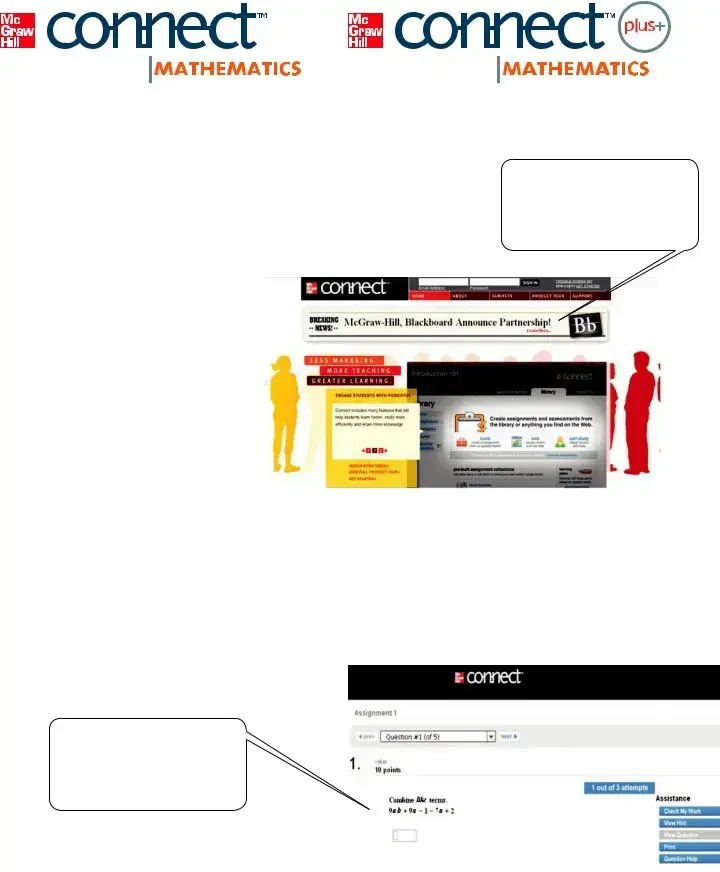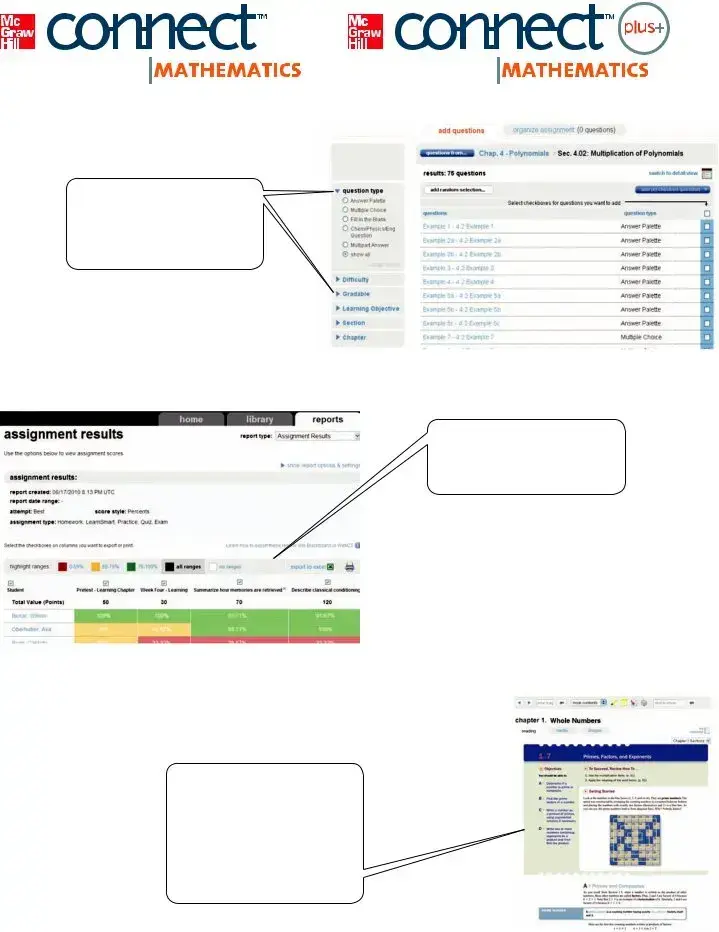TM
BASIC COLLEGE MATHEMATICS: A REAL-WORLD APPROACH, FOURTH EDITION
Published by McGraw-Hill, a business unit of The McGraw-Hill Companies, Inc., 1221 Avenue of the Americas, New York, NY 10020. Copyright © 2012 by The McGraw-Hill Companies, Inc. All rights reserved. Previous editions © 2009 and 2006. No part of this publication may be reproduced or distributed in any form or by
any means, or stored in a database or retrieval system, without the prior written consent of The McGraw-Hill Companies, Inc., including, but not limited to, in any network or other electronic storage or transmission, or broadcast for distance learning.
Some ancillaries, including electronic and print components, may not be available to customers outside the United States.
 This book is printed on recycled, acid-free paper containing 10% postconsumer waste.
This book is printed on recycled, acid-free paper containing 10% postconsumer waste.
1 2 3 4 5 6 7 8 9 0 QDQ/QDQ 1 0 9 8 7 6 5 4 3 2 1
ISBN 978–0–07–338438–2
MHID 0–07–338438–0
ISBN 978–0–07–734330–9 (Annotated Instructor’s Edition)
MHID 0–07–734330–1
Vice President, Editor-in-Chief: Marty Lange
Vice President, EDP: Kimberly Meriwether David
Senior Director of Development: Kristine Tibbetts
Editorial Director: Stewart K. Mattson
Sponsoring Editor: Mary Ellen Rahn
Developmental Editor: Adam Fischer
Marketing Manager: Peter A. Vanaria
Senior Project Manager: Vicki Krug
Buyer II: Sherry L. Kane
Senior Media Project Manager: Sandra M. Schnee
Senior Designer: David W. Hash
Cover Designer: John Joran
Cover Image: Conga Drum on Tripod Stand, © Getty Images/Dorling Kindersley, View of Wall and Doorway, © Getty Images/Grant Faint
Senior Photo Research Coordinator: Lori Hancock
Photo Research: David Tietz/Editorial Image, LLC
Compositor: MPS Limited, a Macmillan Company
Typeface: 10/12 Times Roman
Printer: Quad/Graphics
All credits appearing on page or at the end of the book are considered to be an extension of the copyright page.
Library of Congress Cataloging-in-Publication Data
Bello, Ignacio.
Basic college mathematics : a real-world approach / Ignacio Bello. — 4th ed.
p.cm.
Includes index.
ISBN 978–0–07–338438–2 — ISBN 0–07–338438–0 (hard copy : alk. paper) 1. Mathematics. I. Title. QA39.3.B44 2012
510—dc22
2010020137
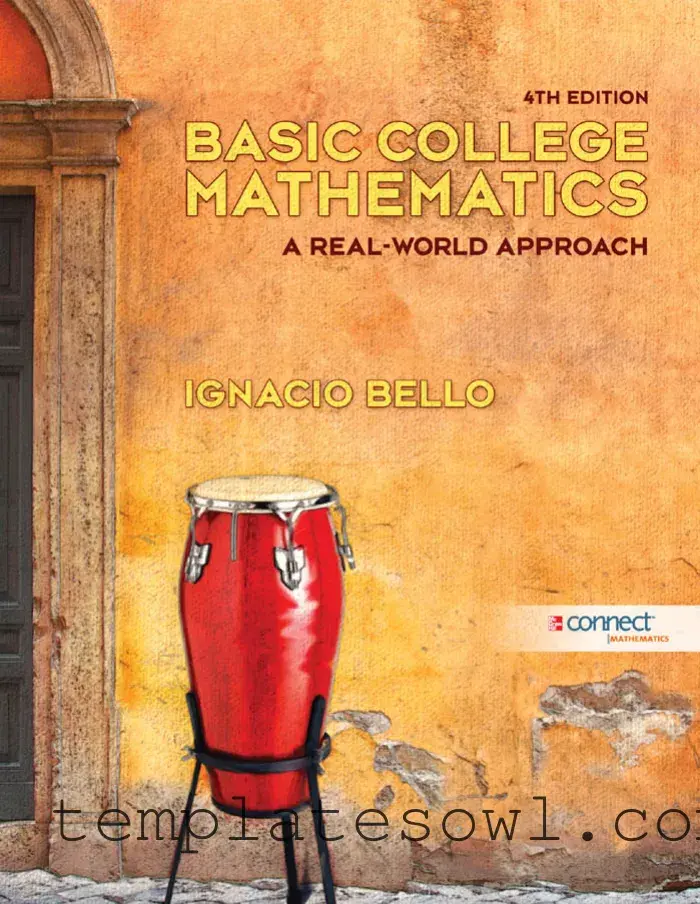
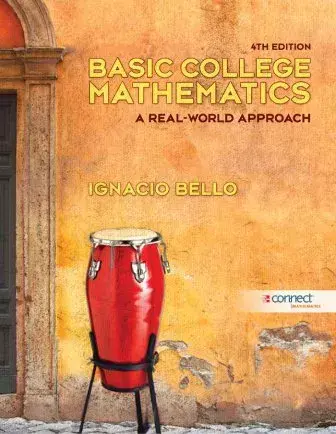
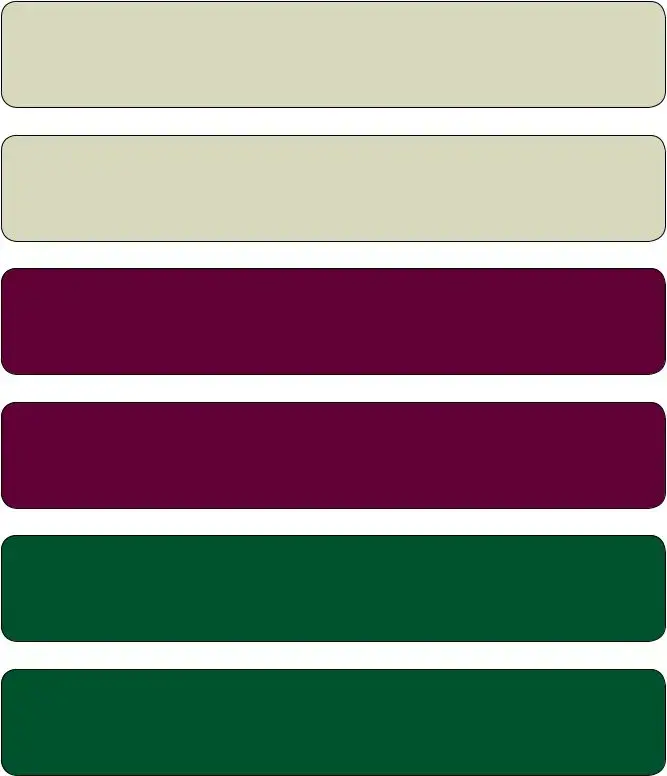
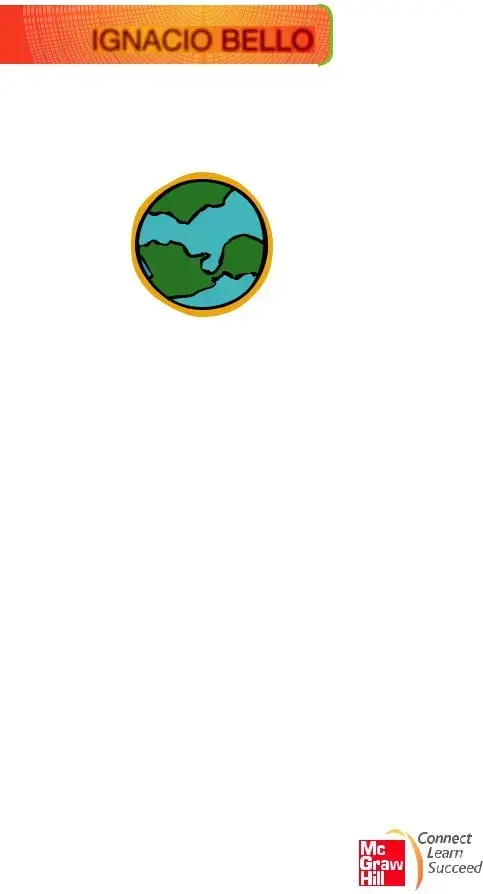
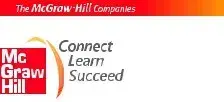
 This book is printed on recycled,
This book is printed on recycled, 
